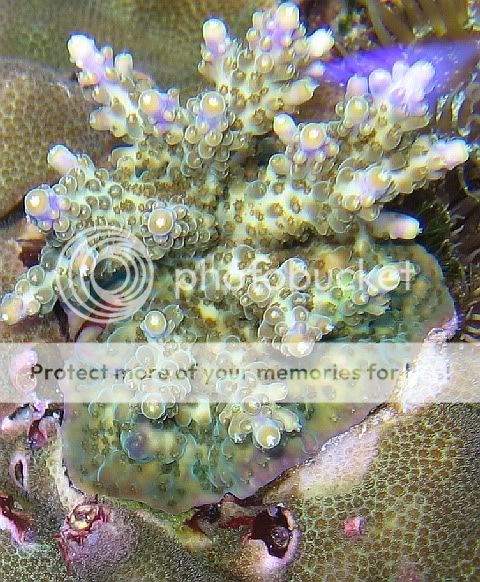It's one of those mixed bag situations. The 2 most popular for reefs are copperband and longnose. They are most safe with sps. But mixed tanks are doable. They are good on hydroids, glass anemonies/aptaisia, even amphipods/copedpods and other micro life. Established tanks are the best to add them to, so chances of finding a replenishing food supply are greater. Sometimes that's just not possible either. It's also good to find one that will already (from the LFS) take frozen food. Many are very hard to get to take prepared food and refuse it. They prefer to "hunt" the rockwork or water column for live stuff. Some will definitely "learn" from other fish in the tank to take prepared frozen. From watching them.
It's nice to take care of problems like nuisance organisms with a natural cure like a fish that will eat it all. However, you don't want a situation where the fish slowly starves (refusing to eat prepared non live stuff) after their source food is eradicated from the tank. You must teach the fish to eat frozen or be lucky enough to have a tank that regularly repopulates live food sources. Which sometimes can be tough for a lot of tank owners.
Coral risk: they are not 100% reef safe. In the correct tank setting they usually are safe for the most part. "Some" LPS corals may be at risk. Especially their fine little tentacles that come out at night. (Examples: various brains, Acans, others etc..) Occasionally Tridacnid Clams are at risk.
Many people keep Copperbands and longnose butterflys with clams and certain LPS corals and have NO problems at all as well. If the fish is content well fed etc.. they usually leave corals alone. Sometimes a fish gets a "taste" one day out of excess hunger and tries something because their is not enough other correct food available. Then you may have a problem.
They tend to be very sensitive and timid fish (at least at first) Some are very bold once use to their tank. But rarely ever aggressive toward most other fish. They can be targets for aggressive fish in the same tank. So you have to be cautous what their tank mates will be. Avoid adding them to a tank with fish that have similar body shapes and color unless the butterfly is established first. (Example: Yellow Tangs can be hostile to a copperband "sometimes" if it's seen as a food competitor and the newcomer to the tank) this sometimes does not give the butterfly a chance to gradually establish it self and feel secure in the new tank. Having a large enough tank in proportion to all the fish you keep is always best in any situation.
That being said, many people keep "safe" butterflys like those in reef tanks.
Gary has 1 or more than 1 (?) with multiple tangs and his Angel as well.
It can be done. They are great fish. It's just a question of doing it correctly.
My personal favorite is the copperband. I had one once that eventually (for some reason) picked a clam.. But it also ate frozen and tank micro life. I had 4 clams- I kept a close watch.. it never touched the other 3.. ever. It may have had something wrong with it(the clam) or something eating at it and the copperband may have just been going after bugs inside it or something. I had a dwarf angel that once like to nip lps tentacles. I thought it was my copperband. I was wrong. They both ate very well, all prepared foods. Never caused a coral death. Damage was very minimal.
Overall, I've had past success with them and would reccommend a copperband if you decide your tank setting with various variables involved is correct for it. They are very nice fish. But new additions can sometimes succumb quickly to death if not in the correct setting or eating correctly.



